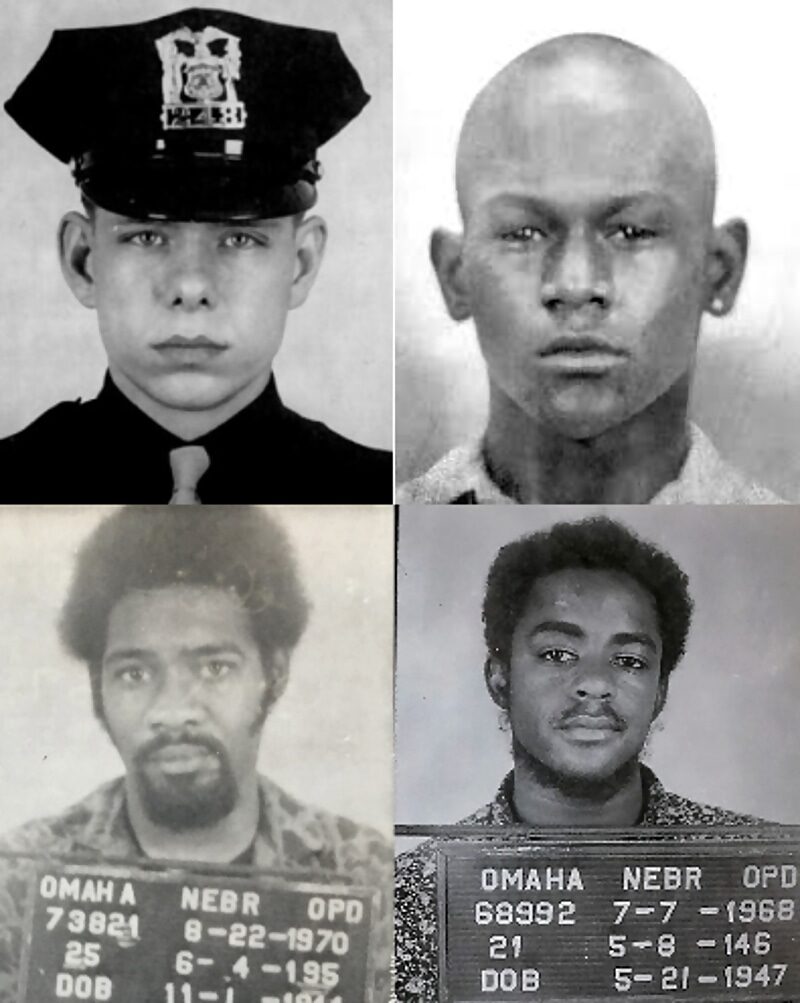
The crime demanded punishment and simultaneously three different law enforcement agencies; the Federal Bureau of Investigation; Alcohol, Tobacco & Firearms Division; and the Omaha Police Department took steps to pin the crime on Edward Poindexter and David Rice [Wopashite Mondo Eyen we Langa] for their leadership of the Black Panther Party affiliate group, the National Committee to Combat Fascism.
The booby-trap suitcase bomb was placed by a fifteen year-old Panther wannabe, Duane Peak, who confessed on the advice of his grandfather. Peak was turned in by his older brother, Donald Peak, who was suspected of making the 911 call that lured Minard to his death.
Unknown to the public in Omaha were secret directives from FBI Director J. Edgar Hoover to Special Agent in Charge Paul Young to get Poindexter and Rice out of circulation. The pair were targeted by a clandestine counterintelligence program code-named COINTELPRO. The same day of the bombing Young arranged to have a recording of the 911 call sent to the FBI Laboratory, however Hoover ordered the laboratory to not issue a report on the identity of the anonymous caller. The search for truth at the FBI ended before the first arrest.
At the ATF field office in Omaha, lead investigator Thomas Sledge, a former Omaha policeman, took custody of crime scene evidence and dynamite samples for analysis. Sledge had more than a professional interest in seeing Poindexter and Rice convicted, his younger brother James Sledge had been injured in the fatal blast. ATF believed the two man were part of a four-state conspiracy but was unable to convince U. S. Attorney Richard Dier. Curiously, an ATF chemist started finding dynamite particles in evidence submitted by Sledge; in a shirt pocket, a pants pocket, and in debris from the trunk of an automobile owned by a Peak sister.
An ATF tool marks expert declared a match on a purported bomb fragment and a pair of pliers owned by Rice despite the fact dissimilarities on the tiny sample outnumbered similarities almost two to one.
At the Omaha Police Department, the head of the Intelligence Unit, Jack Swanson, prepared a suspect list with Poindexter and Rice at the top. Swanson led a search with ATF assistance, including Sledge, of Rice's home and allegedly found dynamite hidden in the basement. Swanson's account of finding the explosive was contradicted by detective Robert Pfeffer at trial but was not followed up by defense lawyers.
The various actions of the three police agencies were in part coordinated in a formal manner under a multi-agency task force named Domino. The deceptive deeds were kept from the larger group and done secretly. The two Black Panther leaders were convicted in April 1971 following a controversial trial.
Larry Minard was buried on his birthday. Duane Peak made a deal and never served a day in prison. Peak now lives under an assumed name in Spokane, Washington. David Rice, since renamed Wopashitwe Mondo Eyen we Langa, died at the Nebraska State Penitentiary in March 2016. Edward Poindexter remains imprisoned at the maximum-security prison where he continues to proclaim his innocence. Poindexter has served over a half-century behind bars for a crime he says that he did not commit.
Douglas County Attorney Don Kleine and Nebraska Governor Pete Ricketts both have refused requests to reopen the Larry Minard murder investigation. August 17, 1970, was a day of tragedy in Omaha, Nebraska.
Further information about the Larry Minard murder case can be found in my book Framed: J. Edgar Hoover, COINTELPRO & the Omaha Two story, available in print at Amazon and in ebook. Portions of the book may be read free online at NorthOmahaHistory.com. The book is also available to patrons of the Omaha Public Library.



until and unless the official Authorities are brought in for " parallel construction " of a case against a target. Many targets in US post 9/11 simply said, "Fuck you, Liar", at some point during everyone being figuratively conscripted onto the WarShip Galleon being sent to the Middle East indefinitely, and figuratively abandoned that ship...
...
Getting back to the article, it's unbelievable that someone else confessed to this crime even at the time of its occurence , and yet other people are convicted and cannot be exonerated. Speaks to how deep the fix can be in a corrupted system.